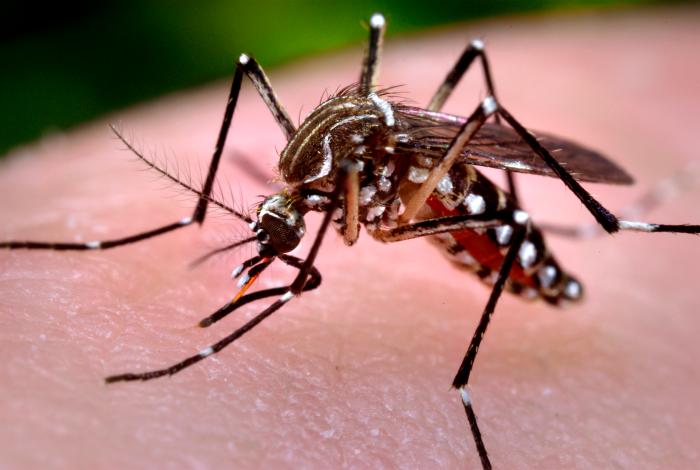The number of autochthonous, or “locally acquired” dengue fever cases in Hawaii continue to rise a week after the Hawaii Department of Health (HDOH) confirmed the first cases last week. As of November 4, 2015, there have been 15 confirmed cases identified on the Big Island of Hawaii.

Dengue is not endemic in Hawaii, however it is intermittently imported from endemic areas by infected travelers. This is the first cluster of locally-acquired dengue fever since the 2011 outbreak on Oahu.
Nearly all dengue cases reported in the United States are acquired elsewhere by travelers or immigrants. Because contact between the Aedes mosquito and people is infrequent in the continental U.S., these imported cases rarely result in secondary transmission.
However, locally-acquired dengue outbreaks, although not common, are not unheard of in the United States.
In 2001, Hawaii experienced an outbreak of dengue, which in all 122 laboratory-confirmed cases were identified through 2002 (92 on Maui, 26 on Oahu, and 4 on Kauai). Before 2001, autochthonous dengue infections had last been definitively reported in Hawaii in 1944.
In 2005, Brownsville, Texas saw an outbreak in which 25 cases of dengue were found, 3 autochthonous cases and 22 in persons who had traveled to Mexico. This outbreak was part of an epidemic that included 1,251 cases of dengue in the bordering Mexican state of Tamaulipas during August 2005.
In 2009, Florida reported the first autochthonous dengue fever since 1934 in a New York traveler who went to Key West. Ultimately, in Key West, Monroe County, 90 cases were identified as part of the outbreak (27 cases in 2009 and 63 in 2010).
In 2013, Martin County, on the east coast of Florida saw an outbreak that affected more than two dozen people.
Dengue is a disease caused by any one of four closely related dengue viruses (DENV 1, DENV 2, DENV 3, or DENV 4). The viruses are transmitted to humans by the bite of an infected mosquito.
The principal symptoms of dengue fever are high fever, severe headache, severe pain behind the eyes, joint pain, muscle and bone pain, rash, and mild bleeding (e.g., nose or gums bleed, easy bruising). Generally, younger children and those with their first dengue infection have a milder illness than older children and adults.
There is no specific medication for treatment of a dengue infection.
Robert Herriman is a microbiologist and the Editor-in-Chief of Outbreak News Today and the Executive Editor of The Global Dispatch
Follow @bactiman63
Related:
- Chikungunya, West Nile virus and mosquito control in the US: A chat with Clarke’s Dr. Rajeev Vaidyanathan
- Zika virus confirmed on Cape Verde
- Chipotle E. coli outbreak grows, 41 cases in two states


3 thoughts on “Hawaii dengue outbreak up to 15 cases, Outbreaks not unheard of in US”